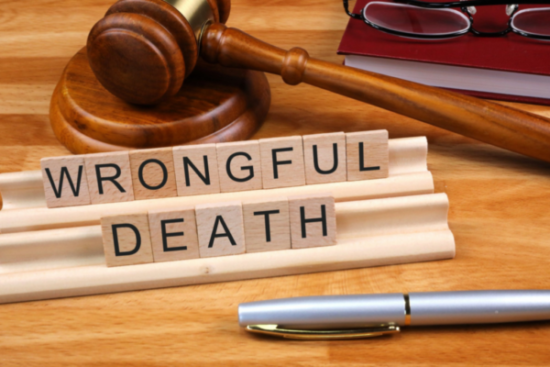Losing a loved one is painful. It’s even harder when someone else’s carelessness caused that loss. In a wrongful death case, the main goal is to find out who is at fault and hold them responsible.
In cities like Philadelphia, wrongful death cases are not rare. With its dense population, busy highways like I-76 and Roosevelt Boulevard, and a large network of hospitals and construction sites, the city sees a wide range of fatal accidents.
Many of these were caused by car crashes, unsafe working conditions, or medical mistakes. In such situations, families often turn to a Philly wrongful death attorney to help them seek justice and compensation.
Let’s get going:
Contents
What Makes a Wrongful Death Case?
To figure out who is at fault, we need to look at a few critical parts of the case:
1. Duty of Care
This means the person or group had a job to act safely or responsibly. For example, drivers must follow traffic rules. Doctors must give proper medical care.
2. Breach of Duty
This happens when a person fails to meet that duty. Maybe they were texting while driving, or a doctor gave the wrong treatment.
3. Causation
Next, we need to prove that the breach of duty directly caused the death. If the unsafe action didn’t lead to death, the person may not be held responsible.
4. Damages
This includes the losses the family faces, such as funeral costs, lost income, and emotional pain.
Who Can Be Held Responsible?
Many types of people or groups may be at fault in a wrongful death case. Here are a few common ones:
Individuals:
This could be a drunk driver, a doctor, or even a landlord who failed to fix something dangerous.
Employers:
If someone dies while working and the employer didn’t provide a safe place, the company may be held responsible.
Companies:
Businesses that sell unsafe products, like bad food or faulty equipment, can also be at fault.
Government Agencies:
The city or state might be responsible if a crash is caused by poor road design or a lack of safety signs.
What Kind of Proof Do You Need?
To prove someone is at fault, you need strong evidence. This includes:
- Medical and autopsy reports to show the cause of death
- Police reports or accident records.
- Testimony from experts, like doctors or crash experts
- Statements from people who saw what happened
- Photos or videos from the scene
- Bills and records showing money lost or spent
Good evidence can make a big difference in court. It helps show how the death happened and who caused it.
Sometimes, the person who died might have made a mistake too. Maybe they didn’t wear a seatbelt or cross the street unsafely.
Each state handles this differently. In comparative negligence states, the court may reduce the money given to the family based on how much the person was at fault. For example, if they were 20% to blame, the family might only get 80% of the damages.
In contributory negligence states, even being at fault might stop the family from getting anything. It’s essential to understand the rules in your state.
Why Legal Help Matters
A wrongful death case can be very complex. A lawyer helps gather the proper proof, talks to experts, and handles court papers. Most importantly, they allow the family to get a fair amount of money for their loss.
An experienced attorney understands the local laws and can guide the family through the steps without adding stress to their grief.
Final Thoughts
Figuring out who is at fault in a wrongful death case takes time, care, and substantial proof. It’s not just about money—it’s about getting answers, closure, and justice for someone who can no longer speak for themselves.




